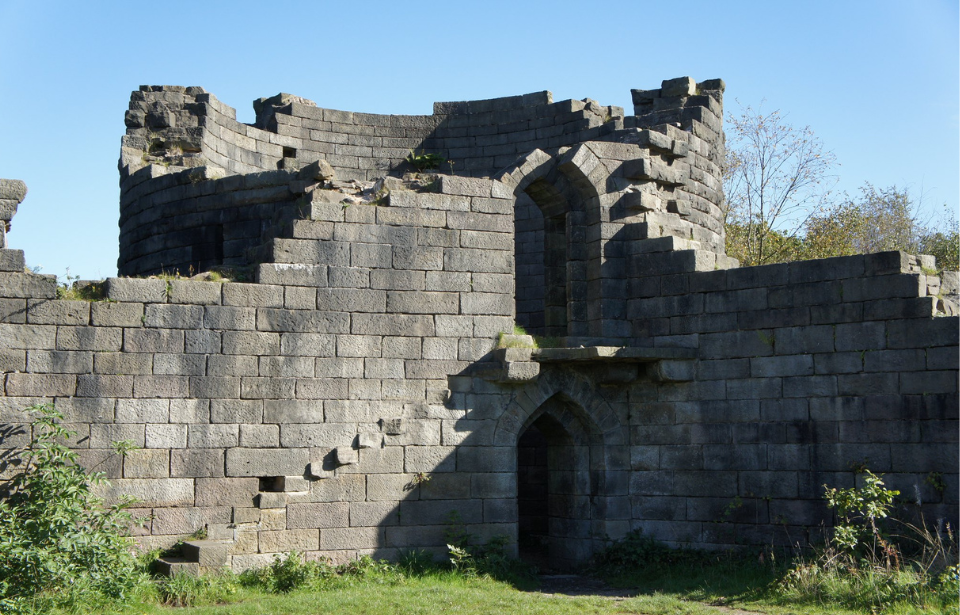21In a quiet park in the village of Rivington, located in the Lancashire countryside are the ruins of a medieval castle. Complete with secret tunnels and a moat, the remains of Liverpool Castle are a shadow of this once-opulent structure.
The original castle was torn down in the 18th century, but a local nobleman named Lord Leverhulme (who founded the successful Lever Brothers company) ordered a replica of the medieval castle to be constructed in 1912. Today, the second Liverpool Castle also lies in ruins with nothing but toppled stone walls to mark the outline of the historic landmark.
The History of Liverpool Castle
Liverpool Castle was originally commissioned to be built by William de Ferrers, the Earl of Derby, in 1232. It was likely inspired by a royal charter issued by King John to Liverpool in 1207, as he recognized how valuable Liverpool was becoming as an important trading center. The castle was built overlooking the River Mersey and consisted of multiple large towers surrounded by a moat. It also had a chapel and prisoner tower. The fortress was staffed with the Earl’s soldiers from nearby West Derby Castle.
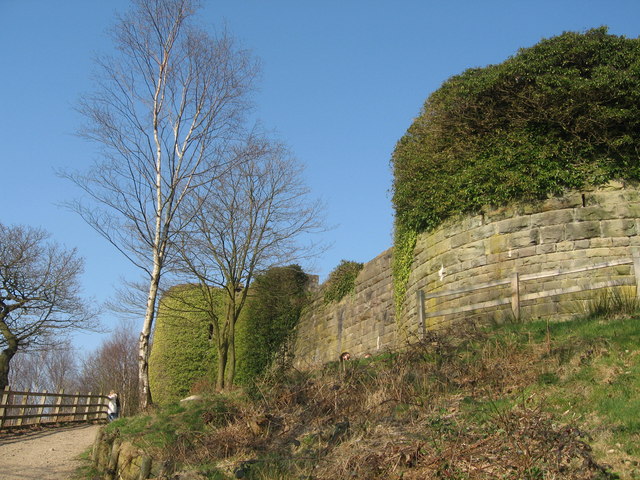
The castle played a large role in trade throughout Western Europe. As England had recently conquered Ireland, King Henry III needed another port to send men and supplies across the Irish Sea – and Liverpool Castle was the perfect location. Warships came and went from the harbor while French wines and other fine goods arrived from afar.
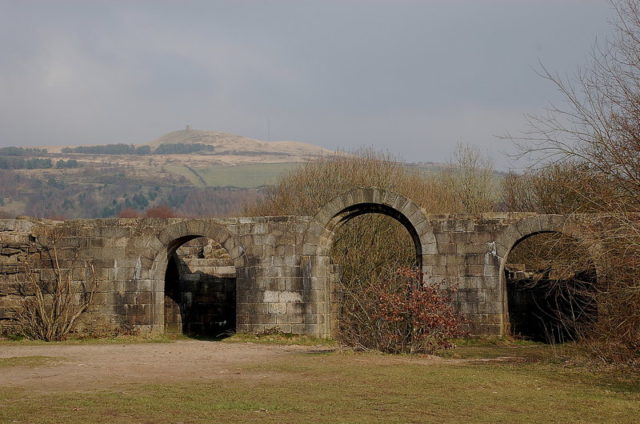
Liverpool was so important at the time that King Edward II stayed there himself in 1323.
The castle was also full of secrets. Leading out to the waterfront, a secret tunnel connected the castle to the harbor. Today the tunnel is used as a sewer, but there are reportedly other hidden tunnels buried beneath the city.
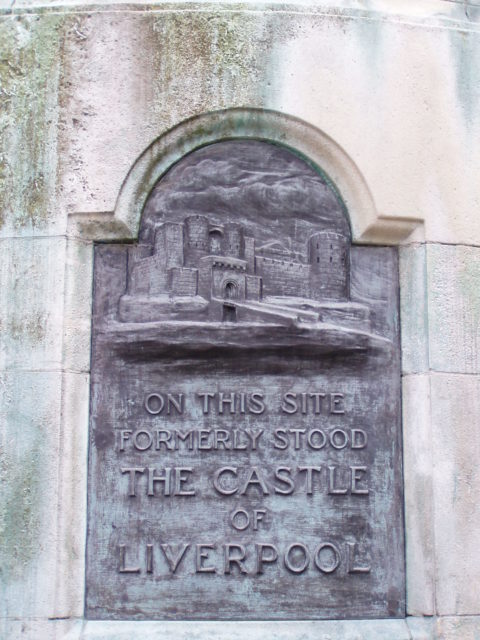
Liverpool Castle remained in use for 500 years, until the English Civil War brought a bloody battle to the castle’s walls. The castle was left in ruins by 1664 and was completely dismantled in the early 1700s. The bricks from the castle were used to build St George Church in 1734, however, the church was demolished in 1898 and later replaced with a Victoria Monument which marks the original site of the castle to this day.
The surrounding homes which would have been part of the castle still contain foundations of the original castle and moat!
Rivington Park
Roughly 22 miles from the site of the original Liverpool Castle stands the ruins of a replica castle constructed in the early 1900s. Dubbed “Rivington Castle,” the building is a folly of the original Liverpool Castle. Follies were a popular trend in the 18th and 19th centuries that consisted of a building that has little to no function pretending to be something that it isn’t.
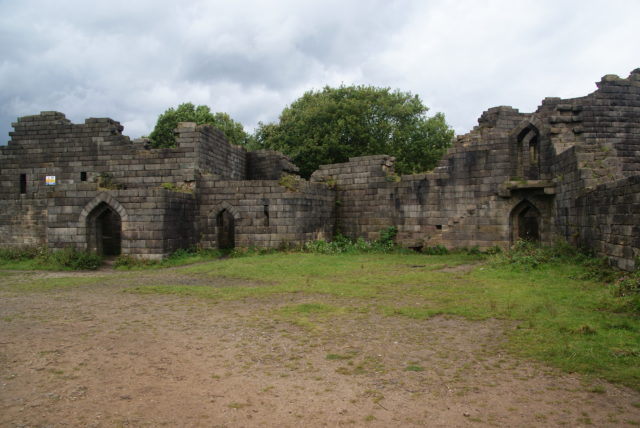
Many follies of ancient Greek temples or other monuments were constructed on the properties of England’s richest citizens. Rivington Castle is a folly ordered by Lord Leverhulme in 1912 and was based on a conjectural reconstruction of Liverpool Castle prepared by E. W. Cox in 1892 that was meant to look like the ruins of the castle.
More from us: The Demolition of Hamilton Palace Was a Huge Loss for Scottish National Heritage
Work on the model continued until Leverhulme’s death in 1925. With no one to fund construction it was left abandoned, a ghostly replica of what the original castle would have looked like in 1664.
